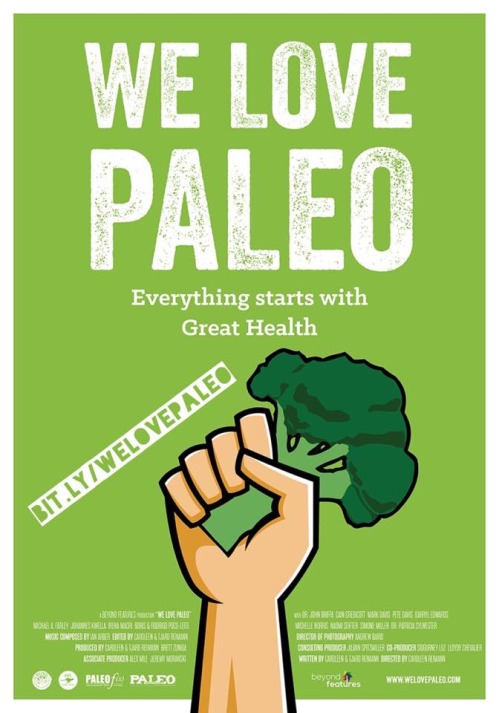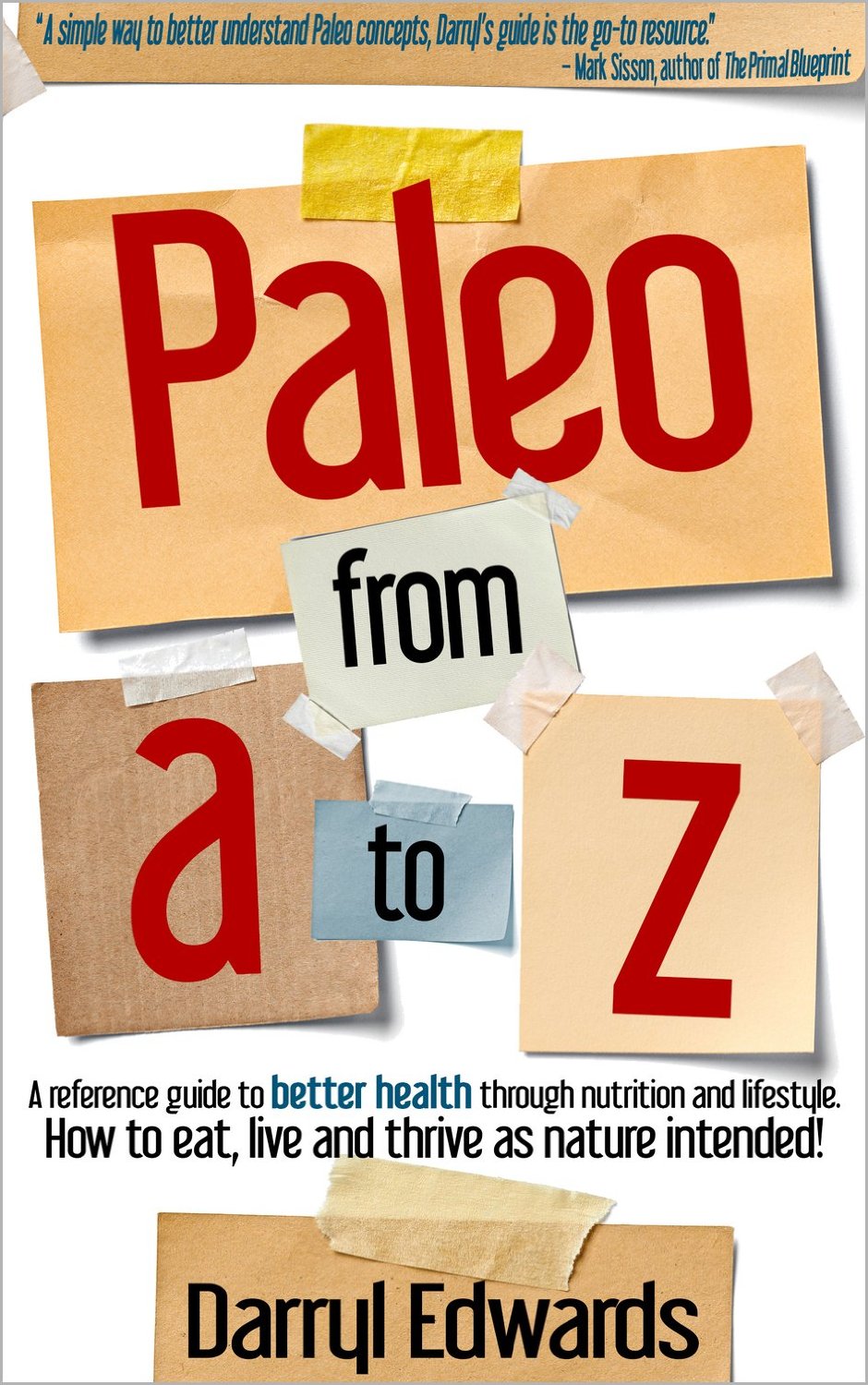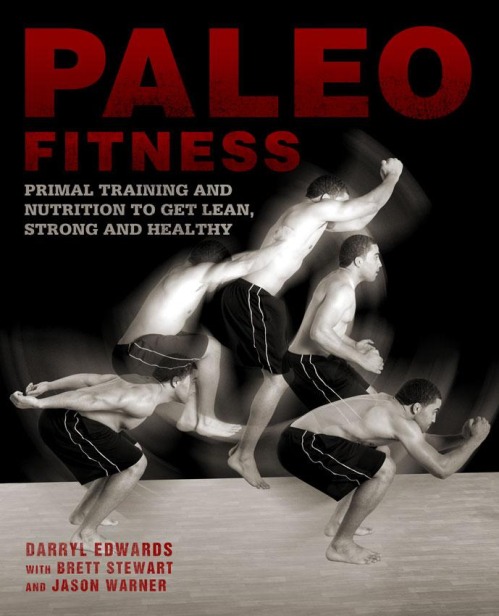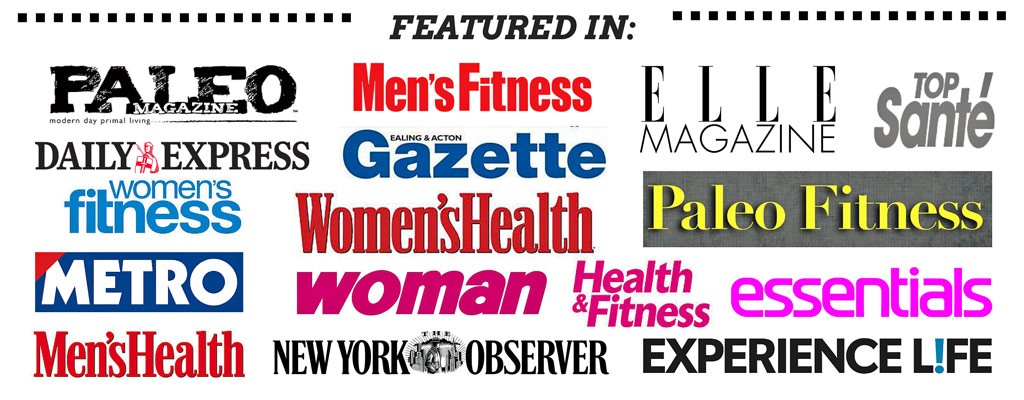Guest Post: Lifestyle Diseases
 Thursday, April 12, 2012 at 14:54 | by
Thursday, April 12, 2012 at 14:54 | by  Darryl Edwards
Darryl Edwards 
The term "lifestyle disease" is a fairly new development within our lifetime on the planet. In just the past several decades or so diseases that are caused primarily by our modern lifestyle have become serious threats to much of society's wellbeing.
Diseases like obesity, heart disease, metabolic syndrome, diabetes, and certain types of cancer are all results of lifestyle behaviours that many affluent cultures uphold such as smoking, unhealthy diet, and inactivity. Of course some of these diseases can be caused by other factors, but, for the most part their primary causes have to do with the way in which we live our lives and the poor lifestyle choices we make.
These diseases are major threats to the health and overall posterity of our global society. It is essential that the general public become better educated in lifestyle diseases and their causes as well as preventative measures that every individual can take to better insure their own personal wellbeing.
Statistics and Figures
For years, significant attention was put on communicable disease prevention and education throughout the U.S. and world. We can look at these newer statistics from 2009 as an indication that our preventative programs for communicable diseases are working or we can see it as an indicator that our lifestyles have become distinctively more dangerous.
For the most part, both cases are likely true: communicable disease prevention and education has been a success and our modern lifestyle choices are catching up with us alarmingly fast.
One thing that can be seen as an upside to this newer data is that, if the programs put forth for communicable diseases worked, then similar programs geared towards lifestyle diseases may be equally effective. In England, studies show that just over one quarter of the adult population was classified as obese in 2010. This means that 26 percent of men and women ages 16 and over are severely overweight and at risk for heart disease and many other threatening health problems.
Children And Obesity
According to the World Health Organization's Epidemiology and Burden of Disease department heart disease is the number one cause of death throughout the entire world. What many do not know is that the primary risk factor for heart disease in a person is obesity. For the most part, it is our lifestyle that that can cause the obesity that leads to dangerous health threats like heart disease and diabetes. A report done by the American Heart Association suggests that just over 40 percent of the U.S. population will have some form of cardiovascular disease by the year 2030.
The direct medical costs for the care of hypertension, coronary heart disease, heart failure, and other cardiovascular diseases is projected to triple by 2030 to $818 billion. This is staggering and preventable.
Lifestyle Disease Prevention
Following a regular exercise routine like the ones that are discussed here on The Fitness Explorer and eating healthy can make all the difference. The term "lifestyle disease" in and of itself should worry and upset us. If it is a disease occurring because of our lifestyle, then it is something that we can control. Take care of your body and work to educate yourself and your loved ones on healthy and happy lifestyle approaches.
Guest Author:




















